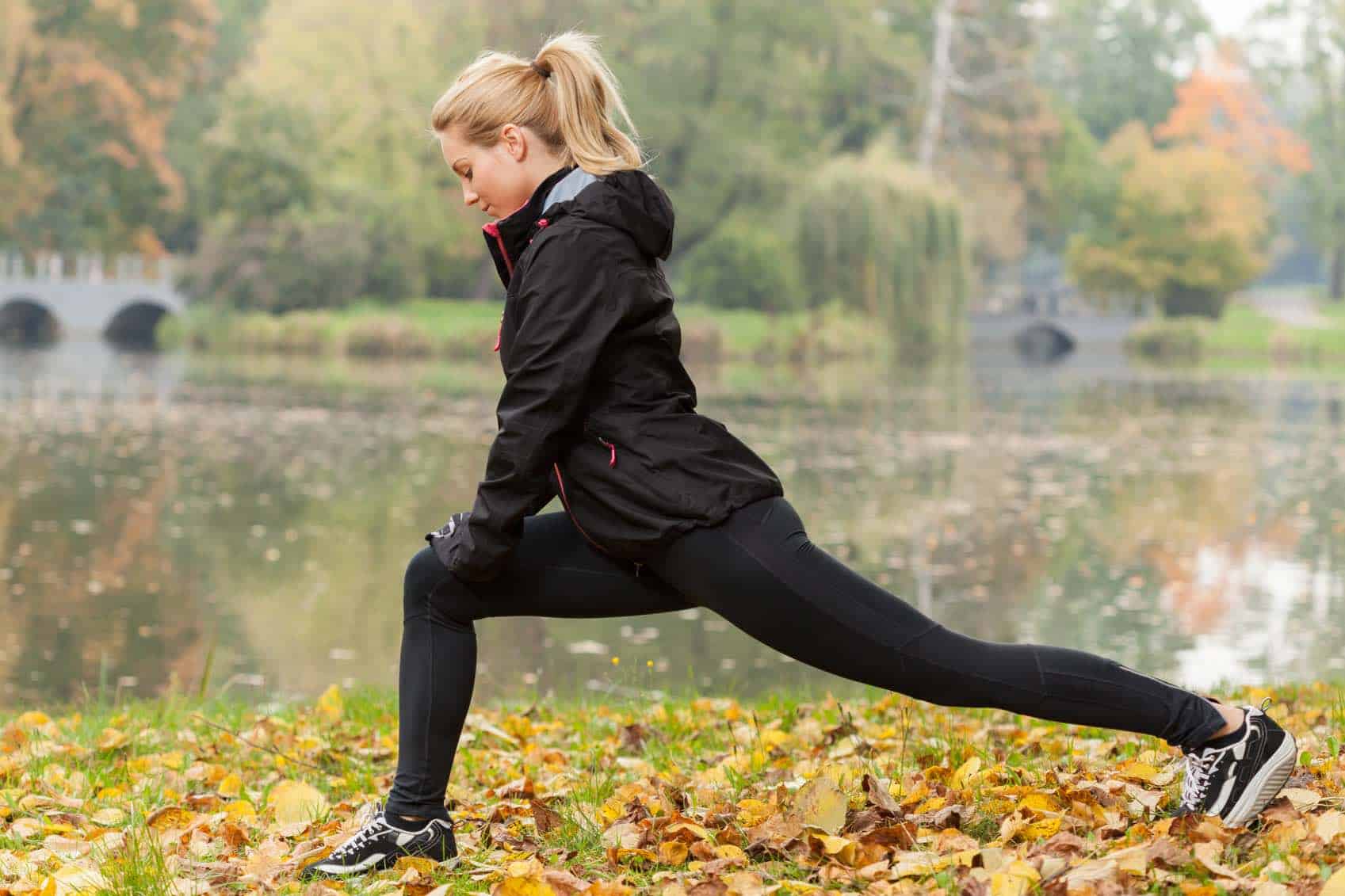Stay-Safe Strategies for Cold-Weather Workouts

As the temperature begins to drop, brisk weather can discourage even the most motivated exercisers from getting outdoors. The cold weather doesn’t have to confine you to a crowded, stuffy gym; resist hibernation and challenge yourself to tackle a chilly sweat session!
Your yoga studio may be warm and cozy, but if you can push yourself to battle the elements for the occasional outdoor workout, your mind and body will reap the benefits. In the winter months, getting outside for some fresh air and sunlight can improve your mood and even help prevent seasonal affective disorder.
Once you’re ready to face the windchill, take the following precautions to ensure your exercise experience is both fun and safe!
Layer up
When venturing into the cold it can be tempting to overdress. During a workout, your body takes a bit of time to warm up and will eventually create a considerable amount of heat on its own. Dress in layers that you can easily remove as you start to break a sweat.
Don’t forget your heads, fingers, and toes! Thick gloves and socks will keep your extremities warm and comfortable, but a large percentage of body heat is also lost through the head. Consider bringing along a hat, scarf, or face mask.
Drink more water
When you workout in any weather, your body sweats. In chilly, dry weather your sweat will evaporate quicker and might make it seem as though you’re not working as hard. Don’t be fooled — your body loses just as much water during a winter run as it does during a sweltering summer sprint!
Drink water before, during, and after your workout to ensure you stay hydrated. Bonus? Consistent fluids can also help prevent your skin from drying out in harsh winter winds.
Warm-up and cool-down
Warming-up before a workout will allow your body the time it needs to acclimate to cooler temperatures. Cold weather can tighten muscles and decrease your mobility, so winter workout warm-ups are critical for keeping your muscles loose and limber. During your warm-up, start slowly with long stretches and increase your activity level as your body temperature begins to rise.
Cool-downs circulate your blood through stressed muscles and soft tissues. After a cold workout, a proper cool-down could help prevent injury. As you heart rate comes down, stretch any stiff muscles and pay particular attention to the areas of tension in your body.
Cold weather shouldn’t be a roadblock on your journey to better health. What prevents you from reaching your goals? Find out how a Noom Course can help you overcome your biggest obstacles.

